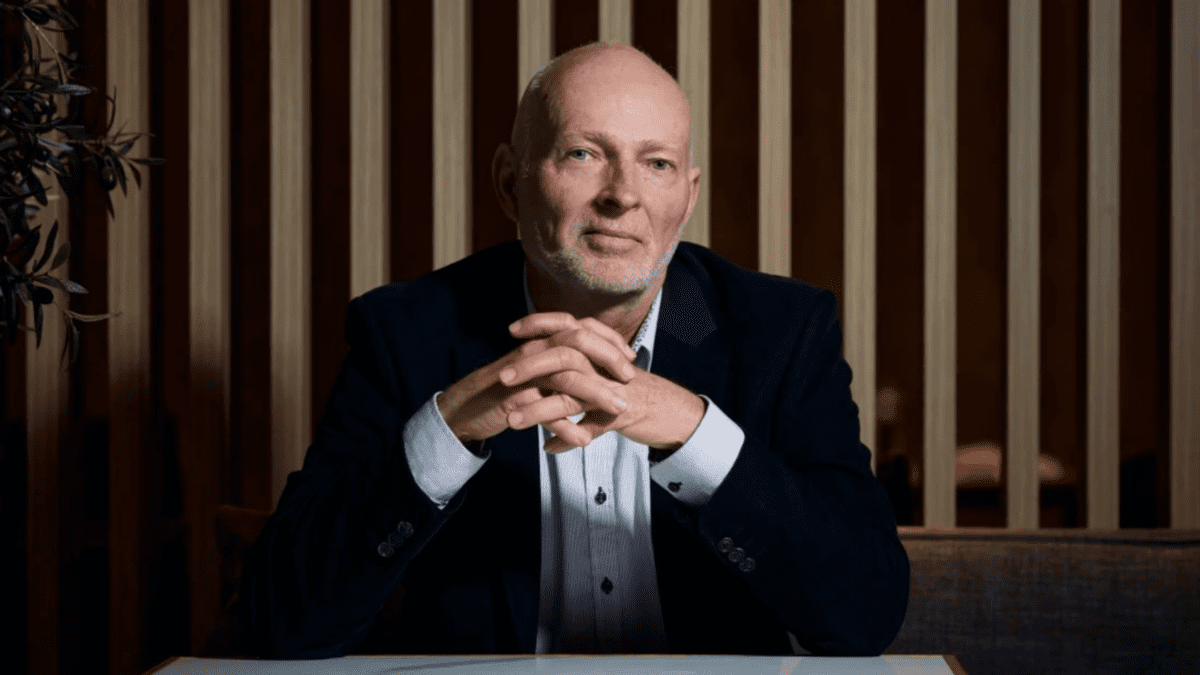Expected returns for Oz equities to get ‘tougher’,
T.Rowe Price’s head of Australian equities and portfolio manager, Randal Jenneke, and the head of multi-asset solutions, Thomas Poullaouec, recently discussed with investors what is in store for the Australian economy post-pandemic.
They both provided valuable insights into the vaccine rollout currently underway, policy stimulus and the subsequent pandemic recovery. According to Poullaouec, “the recovery playbook is working.”
On the stimulus side, some of the programs were on a massive scale, which he describes as at ‘unprecedented levels’. In China, the People’s Bank of China (PBOC) has turned cautious, with Beijing fine-tuning its support policies.
It comes amid growing fears that bucketloads of excess stimulus could lead to asset bubbles and high debt levels.
Jenneke explains that “Australian policymakers are expected to keep economic policies accommodative, especially with the COVID-19 vaccine rollout missing the mark so far. This points to economic policies remaining supportive over the course of 2021 and into 2022.”
The Reserve Bank of Australia (RBA) isn’t expected to move for some time yet, or at least until higher inflation is visible. It’s already evident that this year’s strong GDP reading is being reflected in the Australian market. However, both portfolio managers agree that the paring-back of fiscal stimulus will see local and global growth begin to fade. And the paring-back of stimulus measures isn’t a bad thing.
The T Rowe Price pair expect the US to prune stimulus measures rather quickly, while the European Central Bank (ECB) will take a gradual approach.
The vaccine rollout is accelerating both here and abroad; despite a few new variants emerging, the vaccines will win over time. In Asia and Australia, the target has been zero cases, whereas with the rest of the world that is quite difficult to achieve. Looking at the vaccine rollout versus Covid cases chart, the infliction point seems to have been reached.

On a valuation basis, Jenneke expects “valuations to remain elevated for most asset classes, and inflation expectations have already rebounded. Inflation is the top concern for the second half, because higher inflation for long is a real risk. A change in inflation has significant implications for the 60/40 portfolio design.” With inflation moving higher, the total risk of the portfolio increases. This is why T. Rowe Price has opted to stay away from increasing equity positions to avoid increasing risk.

Consensus earnings growth estimates are likely to be clipped as earnings pull back, as most Covid winners return to normal trading, post Covid. Under this scenario, Jenneke says “value is unlikely to continue to outperform growth. We expect the value rotation trade to first fade and later reverse.”
The value rebound should extend in the second half. T. Rowe Price’s position is that “it is not too soon to think of taking profit on some of the value positions that have done well, and to begin positioning Australian equity portfolios for the return to favour of quality growth in 2022.”
Australia at the moment is the pandemic leader but market laggard. Australia has been one of the best countries to supress Covid with no cases at times. However, Jenneke explains that the “flip side of that means that the country has spent massive amounts in stimulus measures such as Job Keeper to keep the economy humming.”
Australia has had one of the quickest fiscal consolidations of any country. The economy has rebounded quickly, and people are confident. Both business and consumer confidence are at record levels, which only further highlights the strength in the Australian economic recovery. Another area of the market that has responded well has been the property market. Jenneke says “Residential property demand has responded strongly to lower mortgage rates, and private new dwelling construction grew by an impressive 4.1 per cent quarter-on-quarter in Q1.”
Banks – T. Rowe Price says this is a classic re-rating. The valuation of CBA, in terms of price-to-book, is at an all-time high, having already priced in the recovery. Expected returns from here are going to be a lot tougher, and the firm is taking profits in banking sector.
Economic growth to peak in 2021?
Iron ore, copper and crude oil – all reflect cyclical growth movements. Jenneke say “Iron ore matters a lot to the Australian market and drives earnings for BHP, RIO and FMG. Supply out of Brazil and consumption from China will start to put pressure on iron ore prices.”
The dynamics in copper are different. Tight supply and growing demand have the fund manager a lot more positive on copper’s outlook. Opportunities exist in Healthcare. It was one of the worst years for the sector. Quality stocks have underperformed but as they move past the pandemic earnings will start to improve. Resmed is attractive.
Jenneke says “we continue to see positive recovery until borders open, tipping 2022. Travel bubbles and vaccine full rollouts before the opening. Domestic cyclicals, Covid recovery beneficiaries and the next rotation is back to quality stock valuations.” Post-Covid, the team expects GDP growth forecasts to go up to 5 per cent before stepping-down in 2022. A return to slower growth with low rates should return growth stocks to favour.









